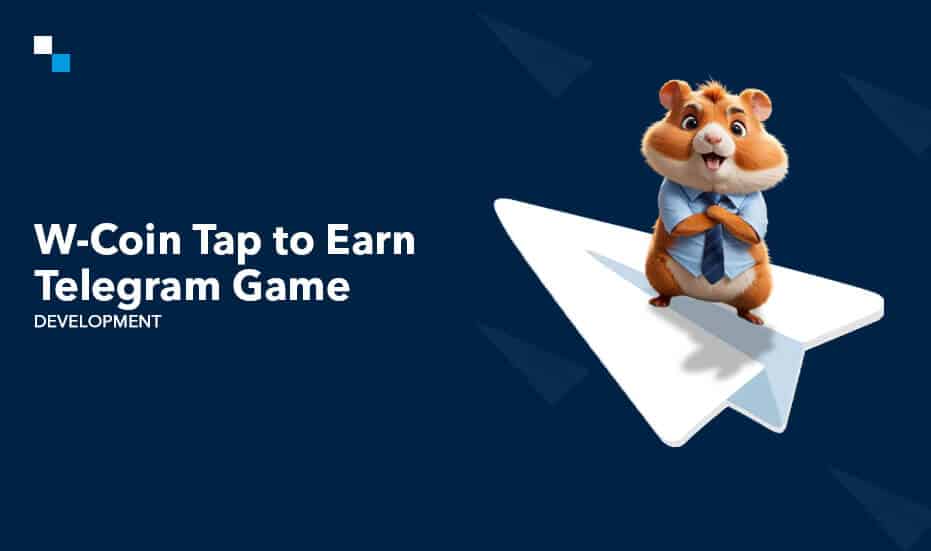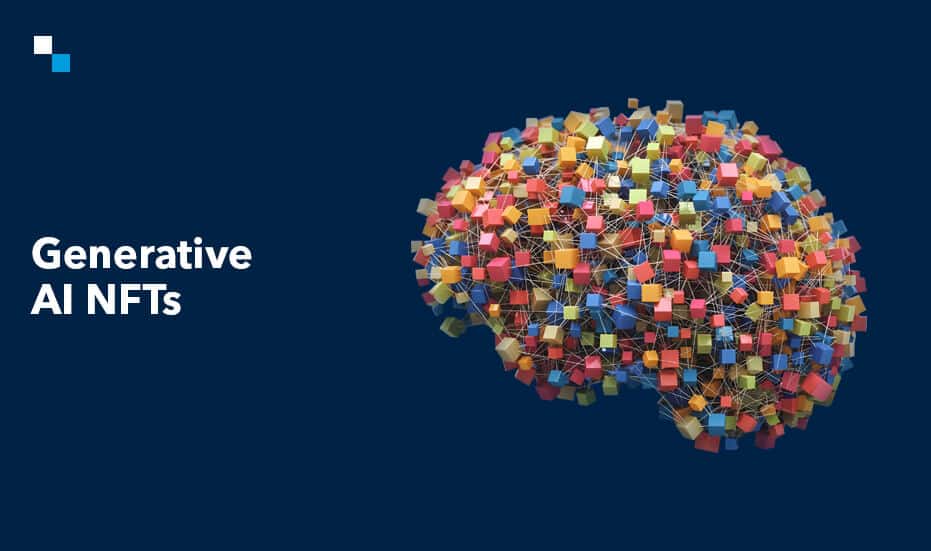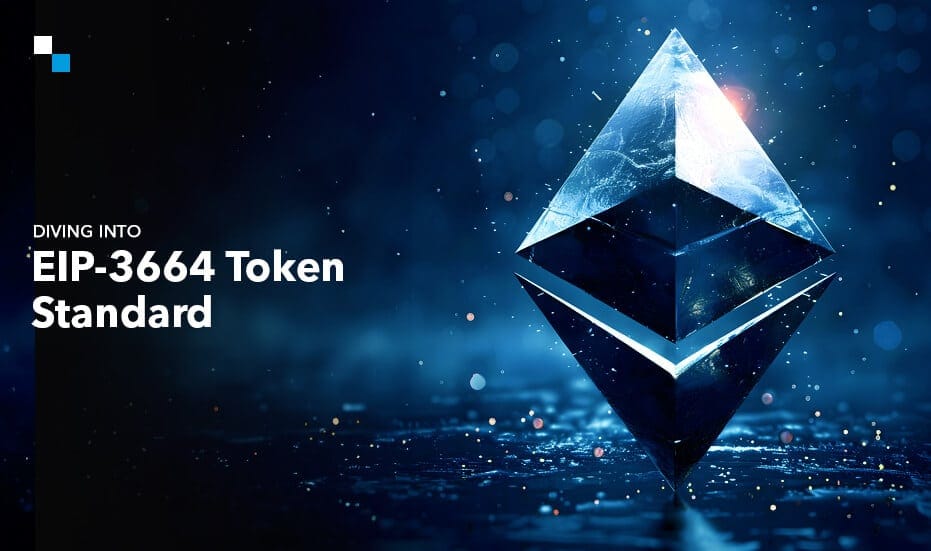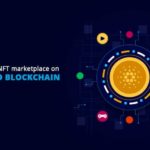
How to Launch an NFT Marketplace on Cardano Blockchain
January 8, 2022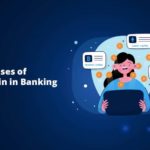
10 Use Cases of Blockchain Technology in Banking 2022
January 11, 2022With NFTs (s) erupting into the mainstream sphere this year, it’s reasonable to infer that they’re a fully developed technology whose primary job is to collect dust. However, this is incorrect.
NFTs, like any other technology, can be improved to become better versions of themselves.
This is precisely what happened when NFT 1.0 (CryptoPunks, Bored Ape Yacht Club, and many other NFT initiatives that are nothing more than photos on the blockchain) gave way to NFT 2.0 Development.
What exactly is NFT 2.0?
Any NFT that goes beyond what NFT 1.0 can perform is called NFT 2.0. NFT 1.0’s sole purpose is to sit on the blockchain and admire collectors. This was enough to start the NFT adoption firestorm in the beginning. But this is only the beginning. NFTs are capable of much more than just sitting on the chain. Let’s look at the properties of NFT 2.0 to discover how much.
Extensibility — An NFT must be extensible to be considered a 2.0 variation, which means it must be able to connect to other NFTs or projects in a meaningful/helpful way. Thus,
- An NFT can be linked to another NFT and vice versa.
- Fungible tokens can be ‘held’ by an NFT.
- An NFT can be connected to any other data set.
The number of layers of ownership is unlimited, which means the creators can create as many nested layers as they want.
Upgradability – This characteristic ensures that an NFT can be modified in the future. Artwork, metadata, and additional resources (which will make sense in the abilities section) are all examples of changes.
Dynamism – It gives NFTs the ability to do more than what they can do now. They may send commands, equip other NFTs, modify their appearance, and much more, according to the creator’s or owner’s preferences.
When you combine these three traits, you create NFTs that are far beyond anything you’ve ever seen before. Let’s look at the world’s most advanced implementation of NFT 2.0 technology to help you comprehend it better.
Develop your own NFT Platform with Us
Schedule Free DemoUnique Capabilities of NFT 2.0 development
1. Nested NFTs
NFTs can own and be owned by other NFTs, thanks to their nesting capabilities. Although this notion appears to be easy on the surface, the new options it provides the designers will astound you (of art and technology). The chain of ownership can go on indefinitely with RMRK’s nesting so that an NFT can own other NFTs, own other NFTs, own other NFTs, and so on till infinity. Gaming, art, the metaverse, exhibitions, and much more may benefit from this.
2. NFTs with multiple resources
NFTs don’t have to be doomed to a single fate for the rest of their lives. NFTs can now transition between a variety of resources. The image, video, or other media that make up the NFT is a resource. An NFT can thus have two pictures instead of one, and the holder can choose which one to display. This isn’t the only use for this feature, though. A book NFT can have three different types of resources: a pdf, an audiobook, and a jpeg cover.
These resources can be configured to only load when the user interacts with the NFT on the platform in question. If you’re using a book reader, you’ll see the pdf; if you’re using an audio player, you’ll hear it.
3. Reactive or Responsive NFTs
Conditional rendering makes reactive NFTs viable. This means that an NFT adjusts its resource allocation based on the fulfillment of specified criteria. For example, the time of day and NFT of a landscape switches between two resources (nighttime and daytime variations). When it’s night, the NFT displays the nighttime form, and when it’s the day, it shows the daylight variant. For this to work, the NFT needs two resources (in this case, photos) and criteria for prioritizing one over the other.
4. DAOs based on NFT 2.0
An NFT can be fractionalized into a DAO using this ability. Because some NFTs are too costly for a single collector to obtain, the DAO capability allows multiple collectors to pool their funds to purchase the NFT. Once completed, the NFT can have tokens connected to it, which will be distributed to the collectors based on the size of their investment. When it comes time to choose, the collectors can use their tokens to vote on what to do with the NFT. Once again, this is a concept with far more applications than its basic explanation.
Let’s explore a few pneumatic use-cases which encourage NFT 2.0 development here:
1. Robust NFT Storage
An NFT’s storage can be made more robust by using multi-resource capabilities. The majority of NFTs are now kept on IPFS (InterPlanetary File System). This means that the NFT has a connection to IPFS-hosted resources. But the issue about IPFS is that you have to pay to pin your material to nodes unless it’s continually being interacted with (another way of saying you incentivize storage providers to host your files for x amount of time).
2. Charity through NFT 2.0 with multiple Owners:
With NFT 2.0, it would be possible to have multiple owners coming for a noble cause and giving charity for a single activity. Imagine multiple generous donors coming on a platform and co-own an NFT for a combined contribution towards a set of orphanages. This can be a breakthrough in public funding where the investor gets a token of his generosity.
Conclusion:
NFTs and already made a deep inroad into the psyche of users. The emergence of NFT 2.0 development opens the gates of a new world, indicating new possibilities and unexplored use-cases for the aid of users are on the way.
At Antier Solutions, we offer NFT 2.0 development services to help you build NFT 2.0-powered products. Connect with our subject matter experts to share your business needs.

